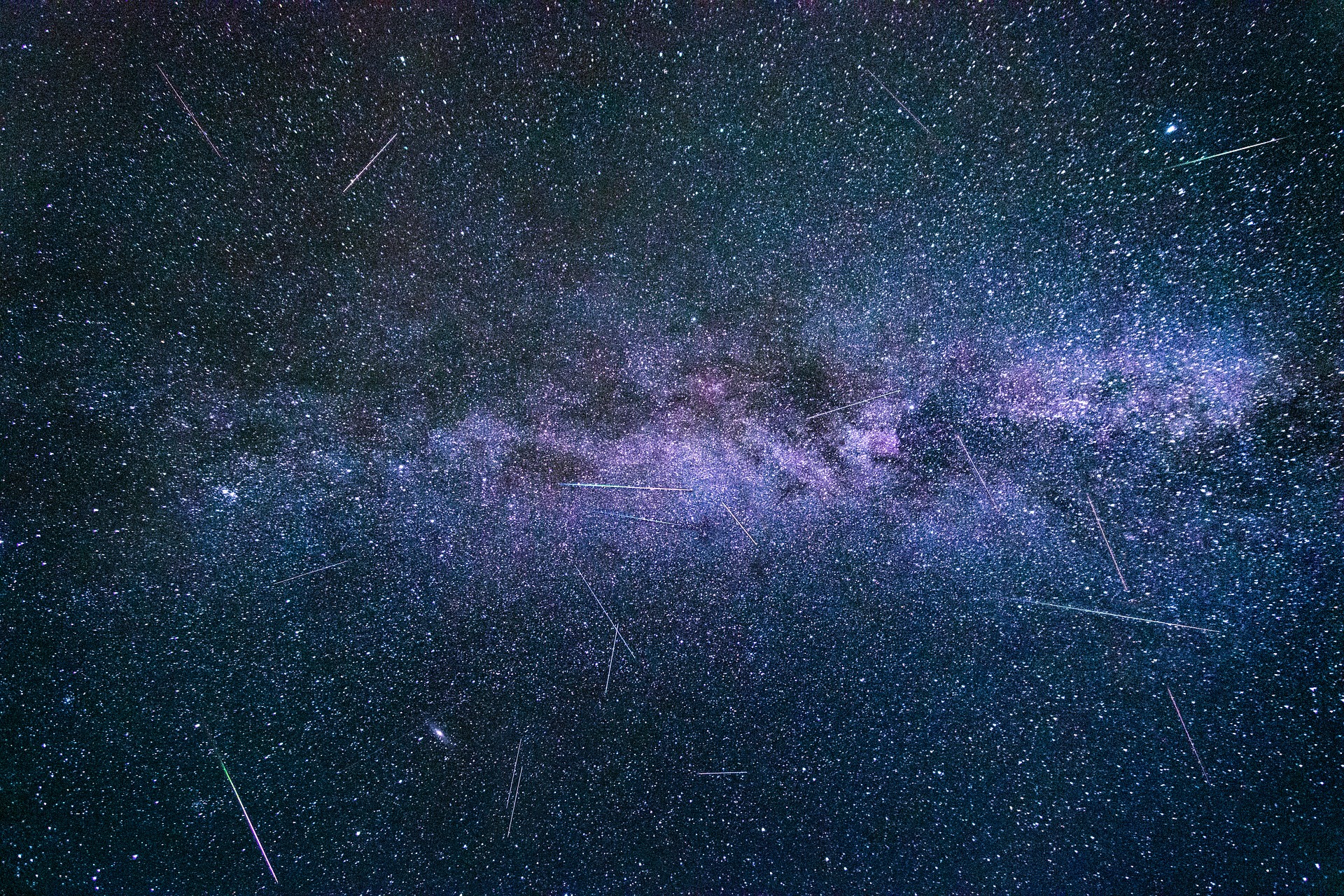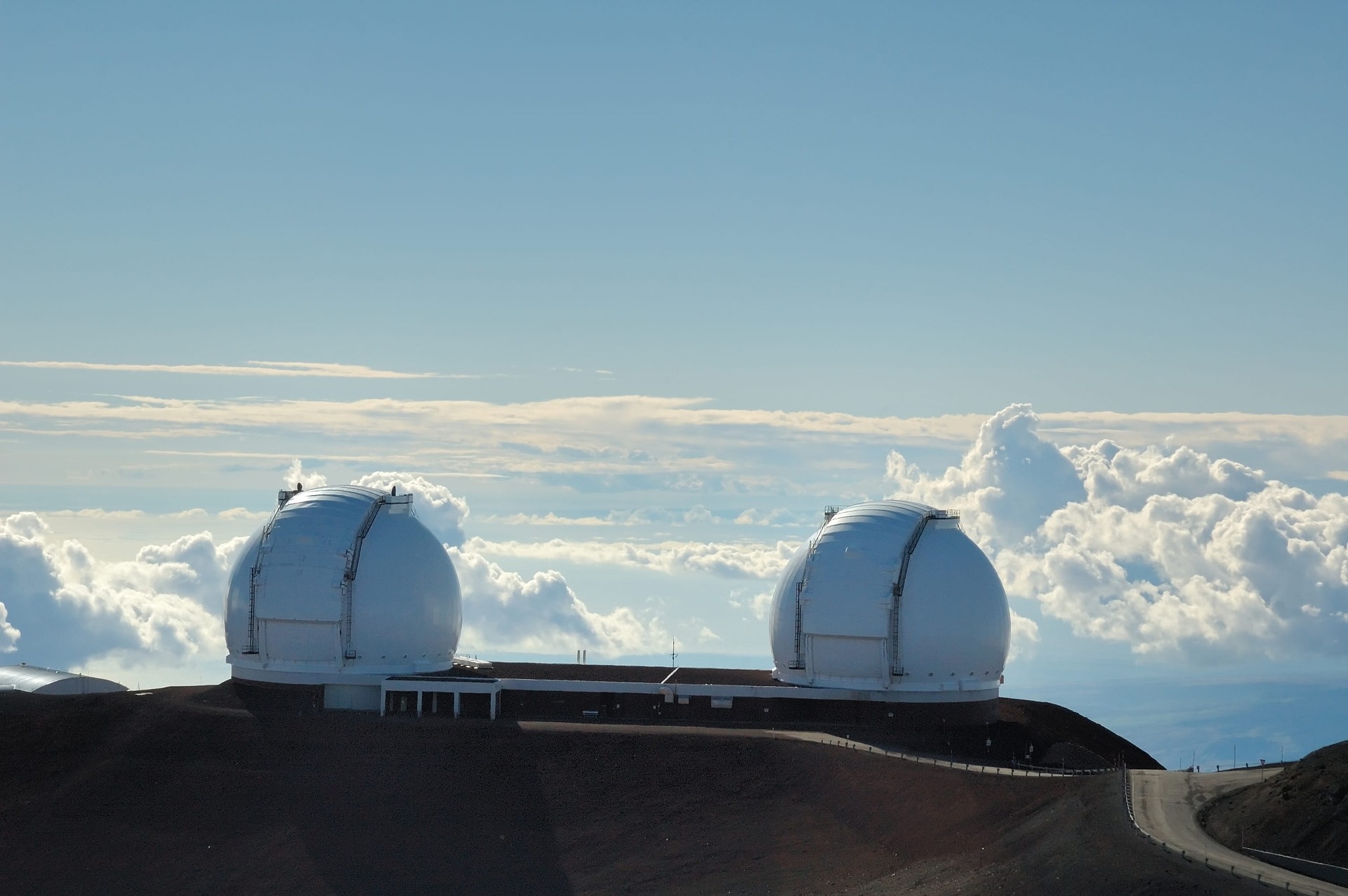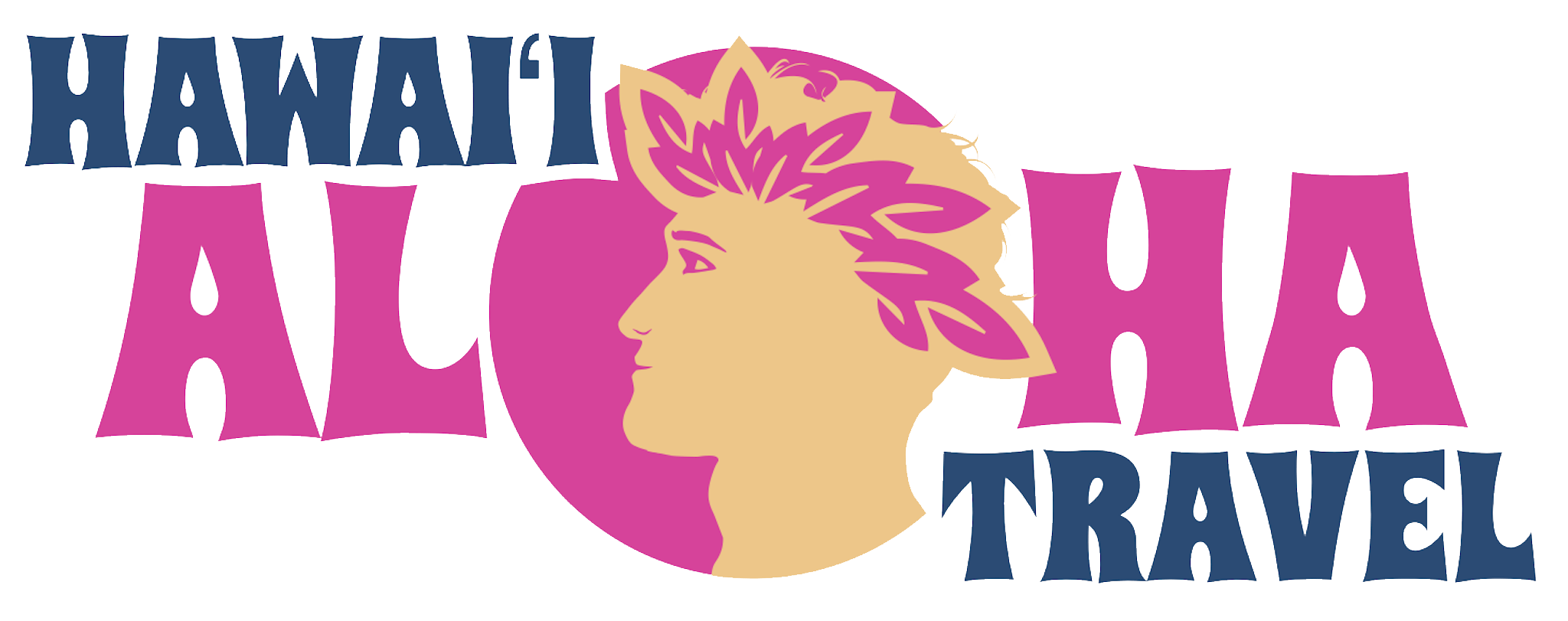The Hawaii summer solstice has come round again (and for everyone in the Northern Hemisphere). Surely many in the Southern Hemisphere will be celebrating the return to longer days of sunshine (it’s their Winter Solstice). Here in the North Central Pacific, the summer solstice means that beach days will be getting shorter for the next six months, but it also means longer nights for Hawaii stargazing. And here at the HAT Blog, we say, “Bring on the night!”
I’m biased. I’m a “night person”, by nature and by trade. By trade for 30 years until the pandemic shut down live music, at any rate. I’m no longer playing gigs until 2am, sleeping until noon most days. In the Before Times, the longer it was dark, the better for sleeping. I now keep more sensible, “normal” hours. However, my fascination for Hawaii stargazing remains. And longer nights keep the stars out long enough to track the planets and constellations over my first cuppa each morning.

Hawaii stargazing events still to come
As we move toward the end of 2023, there are several annual celestial events to look forward to. “Lahaina Noon”, takes place July 11-25 when the sun is directly overhead. It happens on separate days across the Hawaiian Islands. It goes mostly unnoticed by most people, one of two astronomically peculiar days each year when the sun casts no shadow at all but straight down in parts of the island chain. A flagpole, for example, will cast no shadow during Lahaina Noon. Other parts of Hawaii will not experience a true Lahaina Noon, because the sun won’t be exactly 90 degrees overhead, just 89 degrees. Close enough for us!
We also have three annual meteor showers before year-end. August brings the Perseids meteor shower (Aug. 12-13), October sees the return of the Orionids (Oct. 22), and December welcomes the Geminids (Dec. 14). All of those events will allow everyone in Hawaii to marvel at myriad shooting stars, even guests in light-polluted Waikiki and greater Honolulu. Get out there and look up!

Super moons on the way
We have four “supermoons” ahead in 2023, which is when the full moon rises at or near its closest point to the earth. Those dates are July 3, August 1, August 31 (also a “blue moon”), and September 29. We’ve written about our fascination with the moon here before, and it’s a safe bet to say we’ll have our eyes on it on those special nights. Hawaii visitors should, too.
There will be an annular solar eclipse on October 14. It’ll be partial, almost imperceptible in Hawaii, with a small portion of the sun obscured by the new moon. Still, it’s a captivating reminder of the vastness of space and the elegant dance among the objects in our solar system.

Astronomy was vital to the lives of the ancients in Hawaii. Indeed, the stars helped guide Polynesian voyagers here many centuries ago. There are 30 words in the Hawaiian language used to describe the phases of the moon. Western civilization came up with…about eight. There are multiple ancient sites throughout the islands that are aligned with the sun and stars, the moon and the planets. And, of course, Mauna Kea on Hawaii Island is now home to the most sophisticated astronomical technology and telescopes on the planet.
All told, we’ll lose 2 hours and 22 minutes of daylight until the winter solstice on December 21, 2023. We’ll gain as much starlight during that time with each passing day. And for night owls and Hawaii stargazing enthusiasts, it is always something to look forward (and upward) to.




